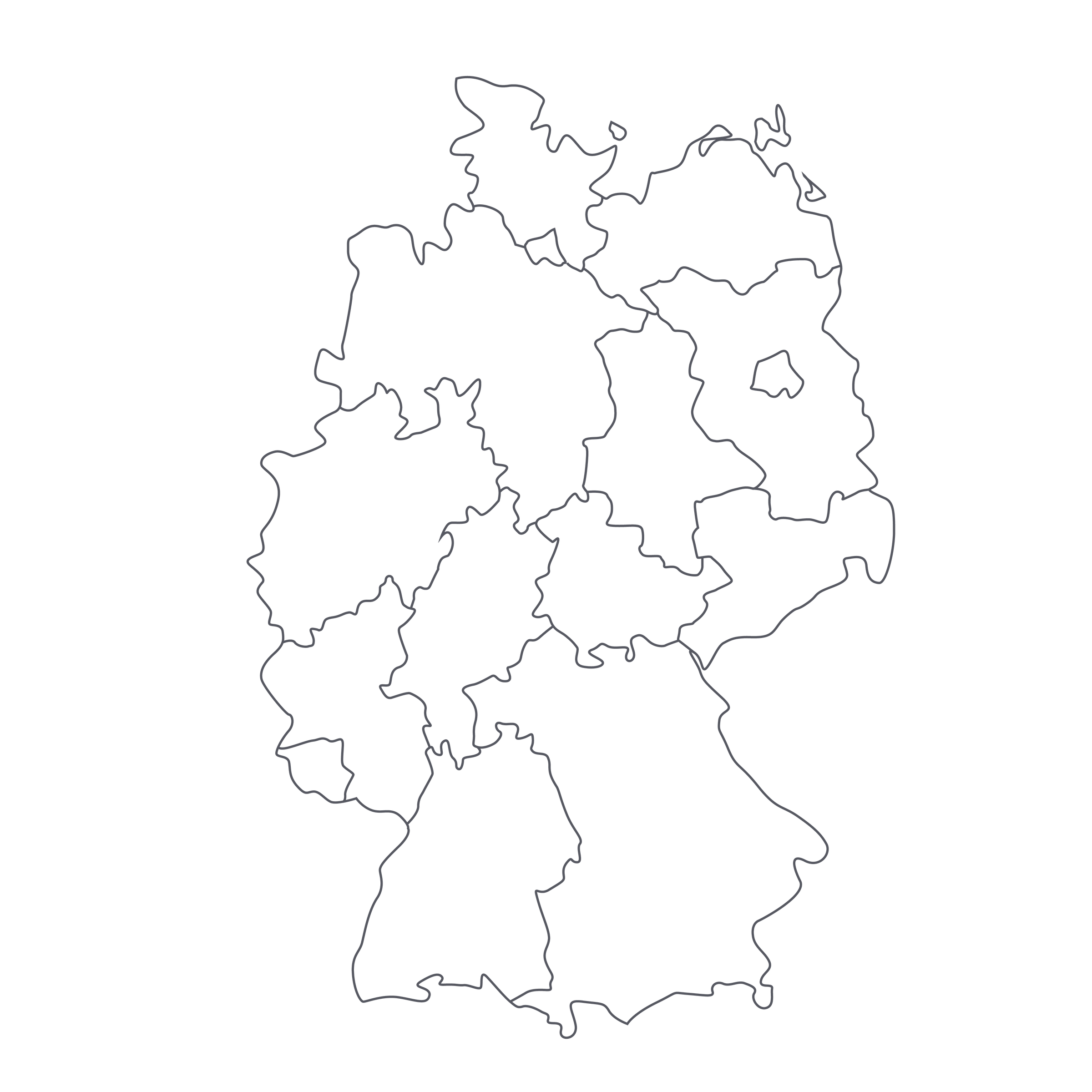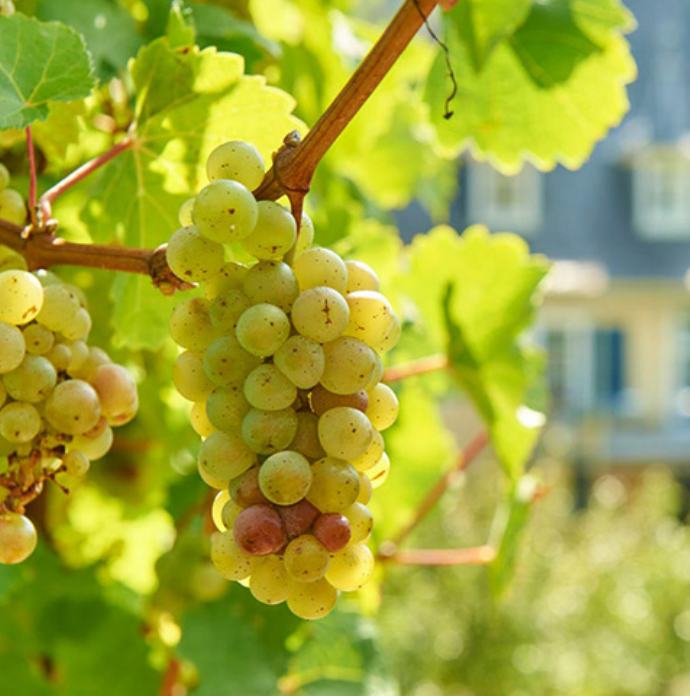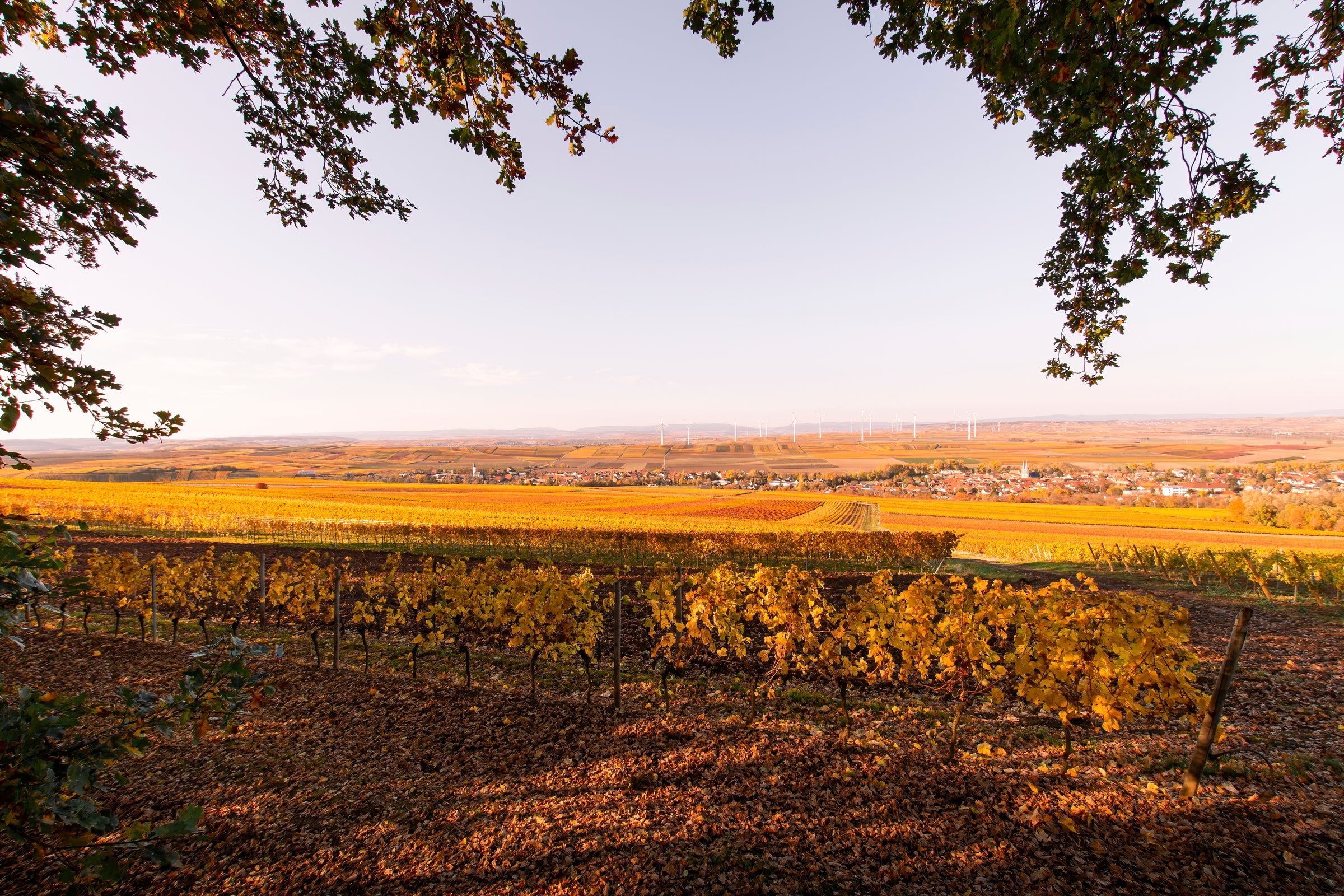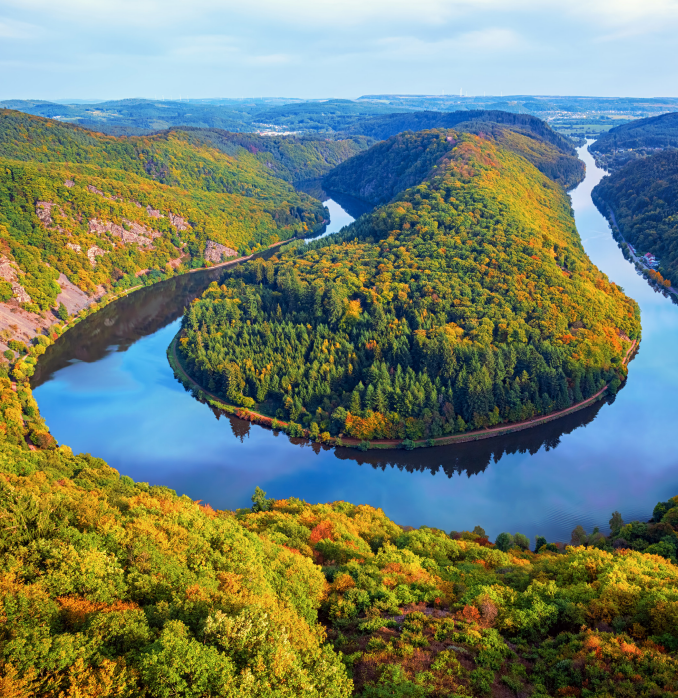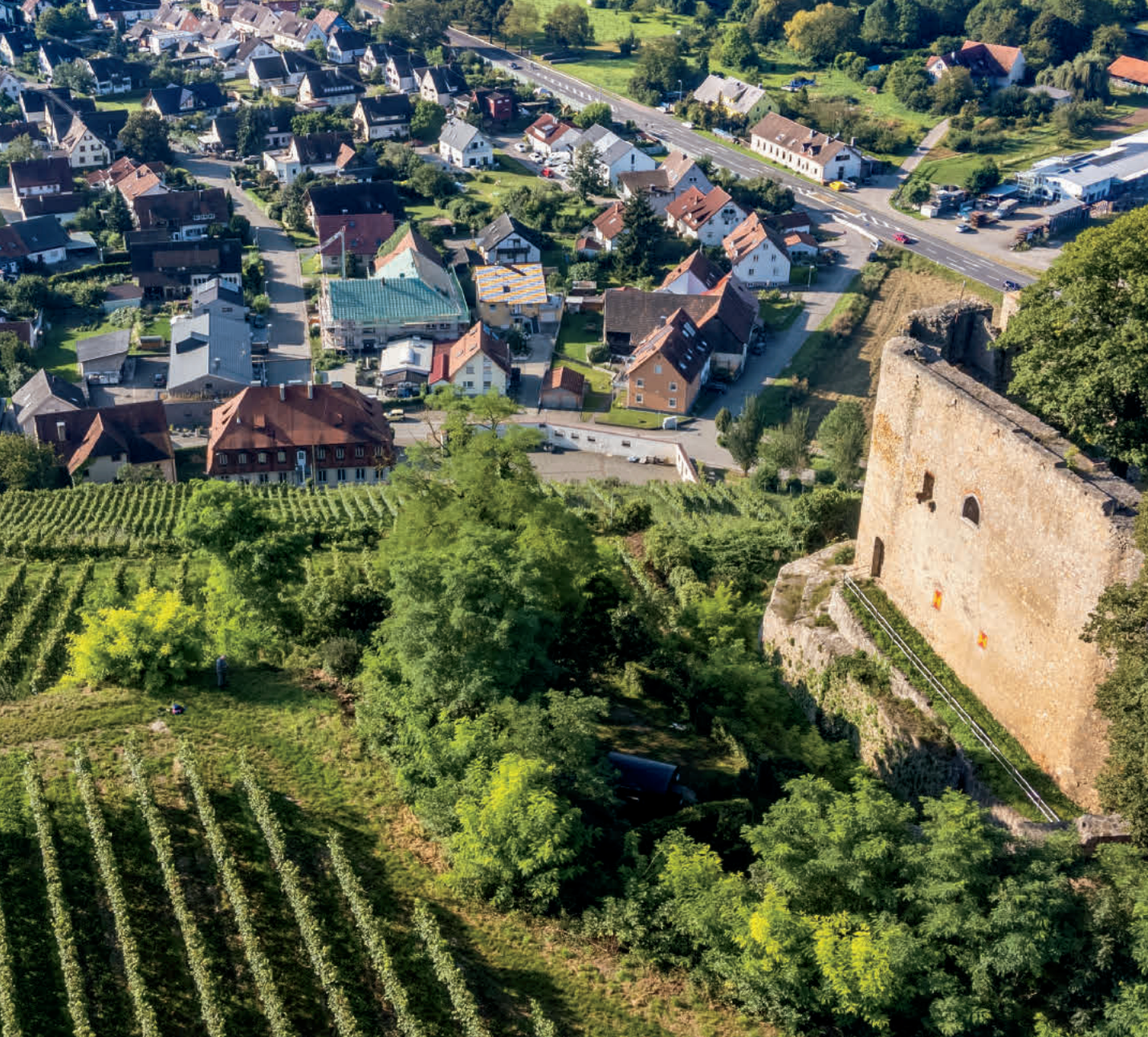Aside from Burgundy, I can’t think of no other place that has cultivated Pinot Noir longer than Germany, and if we apply a filter to Rheingau—one of 13 major growing regions in Germany—I doubt anyone would argue there is a more important ‘Spätburgunder’ (Pinot Noir) vineyard than Höllenberg. Though impressive, pictures don’t do the vertiginous hillside justice; some slopes reach a staggering 65% gradient (for comparison, SF’s infamous “crooked” section of Lombard Street only has a 27% grade).
Out of the few German Pinots we’ve offered on SommSelect, König’s ’15 easily shows the greatest concentration, while maintaining the finesse I’ve come to love in top German Pinot Noirs. Lately, it seems people have been touting each passing vintage—no matter the region—as the best, but Germany can certainly back this one up: In terms of grape balance and aging potential, 2015 has no equal in recent memory. We’ve praised German Pinot since SommSelect launched, but today’s combination of classic producer and stunning vintage provides a perfect introduction if you haven’t yet taken the plunge. You’ll be hard-pressed to find a $36 Burgundy that matches the formidable depth and elegance of this wine, so I urge you to scale the slopes of Höllenberg. You’ll be very glad you did!
The König family has been crafting wines since 1704 without interruption. Nearing 30 years as a member of the VDP (Verband Deutscher Prädikatsweingüter, a quality designation for top producers), Robert König Jr. is the current owner and winemaker for the estate. Learning by the side of his grandfather and studying oenology at the Geisenheim Research Center allowed for a seamless transition; he was groomed for this life.
In the interest of intelligibility, let’s wade through this wine’s cumbersome syllable-fest of a name: Assmannshäuser means it comes from the riverside village of Assmannshäusen; Höllenberg is the name of the specific vineyard site within the village; Spätlese is a vestige of the German prädikat labeling system—in this case indicating a wine where grapes were picked slightly later to achieve more ripeness; and trocken lets us know it was fermented dry.
As with all great wine, site-specificity is key. Clinging to the steep, curving riverbanks of the Rhine and being one of the most northern grape-growing latitudes in the world, Höllenberg creates extra-finessed Pinot Noir, but in 2015 the grapes found an extra gear. The precipitous vineyards of Höllenberg (which demand hand harvesting) are a blend of fragmented slate-phyllite and quartz. This rocky composition prevents the vines from retaining much water, causing them to struggle and naturally yield less fruit. The end result is a wine with refined concentration. Though the wine does age in large wooden vessels, there is no big blast of new oak here, just great purity of Pinot Noir fruit.
In the glass, the wine is a deep ruby-red and it shimmers with soft pink reflections along the rim. The ‘15 shows perfect levels of acidity which complements the added layer of ripeness from the sunny vintage and begs to be sipped again. The mix of fruit on the nose and palate is predominately red—bing cherry, strawberry, wild raspberry—though there are hints of black cherry liqueur and black plum on the finish. Ample amounts of minerality, damp mushroom and a floral-spice interplay are largely present throughout: expect red and purple flowers, wet slate, hints of almond, underbrush, and subtle baking spice. As with most Spätburgunder—especially in 2015—tannins are supple, providing a smoothly textured finish. While refined, there is a sense of wildness to the fruit, backed by utterly refreshing acid that points toward some aging potential. I think this will age well over the next 5-10 years, but don’t feel obligated to stow them away: With a 30 minute decant this wine sings a fine tune. Pour this in large Burgundy stems alongside the attached pork tenderloin preparation. This is a ‘sleeper’ Pinot Noir that really grows on you, so be sure to grab more than one. Cheers!


